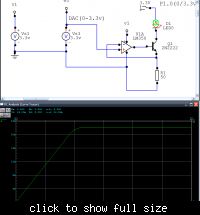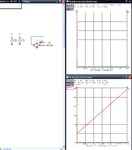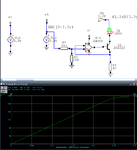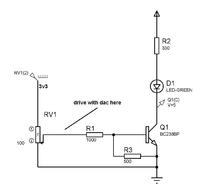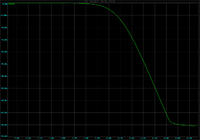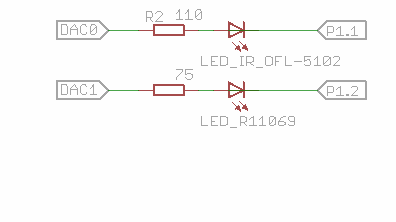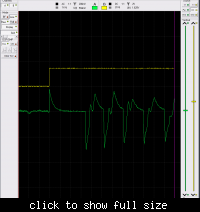grabbo
Newbie level 6
I drive LED with DAC from microcontroller because i want to adjust the brightness of LED.
I simulated the connection on the image in Circuit Maker and LTSpice,it doesnt work with 3.3v on the LED (v2). with 5/6.6v works as it should. My microcontroller supply is 3.3V.
Any other ideas how to drive led?
I simulated the connection on the image in Circuit Maker and LTSpice,it doesnt work with 3.3v on the LED (v2). with 5/6.6v works as it should. My microcontroller supply is 3.3V.
Any other ideas how to drive led?

